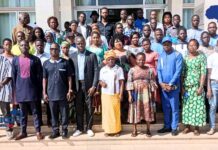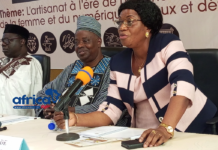A joint study launched by the Government of Rwanda and the World Bank Group has identified four essential and interdependent drivers of future growth – innovation, integration, agglomeration, and competition. The report emphasizes that these growth drivers need to be harnessed if Rwanda is to achieve its Vision 2050.
Building on its impressive economic success with growth of 7.5% on average over the decade to 2017, Rwanda’s Vision 2050 captures the country’s high aspirations for future security, prosperity, and modernity.
It sets a target of achieving upper-middle income status by 2035 and high-income status by 2050, so sustaining high rates of inclusive economic growth will be vital.
“Fulfilling the ambitious aspirations of Rwandans as expressed in the Vision 2050, is not going to be an easy task. But learning from the experience of countries that successfully transitioned and from our own development experience shows that it is possible and that in some areas, transformation can be achieved fast – with the right interventions”, said Dr. Uzziel Ndagijimana, the Minister of Finance and Economic Planning.
The Future Drivers of Growth in Rwanda joint study also highlights that to boost the drivers of growth, reforms are needed in six key areas: human capital development; export dynamism and regional integration; well-managed urbanization; competitive domestic enterprises; agricultural modernization; and capable and accountable public institutions.
“Over the last two decades, Rwanda has enjoyed impressive growth and made good progress in reducing poverty. Now it aims to match its bold ambitions with smart reforms that will further unleash its potential”, said Kristalina Georgieva, World Bank Chief Executive Officer. “Rwanda’s most precious asset is its people, and the World Bank has a strong partnership with the government that will accelerate investments in human capital in the years ahead.”
With minecofin


















